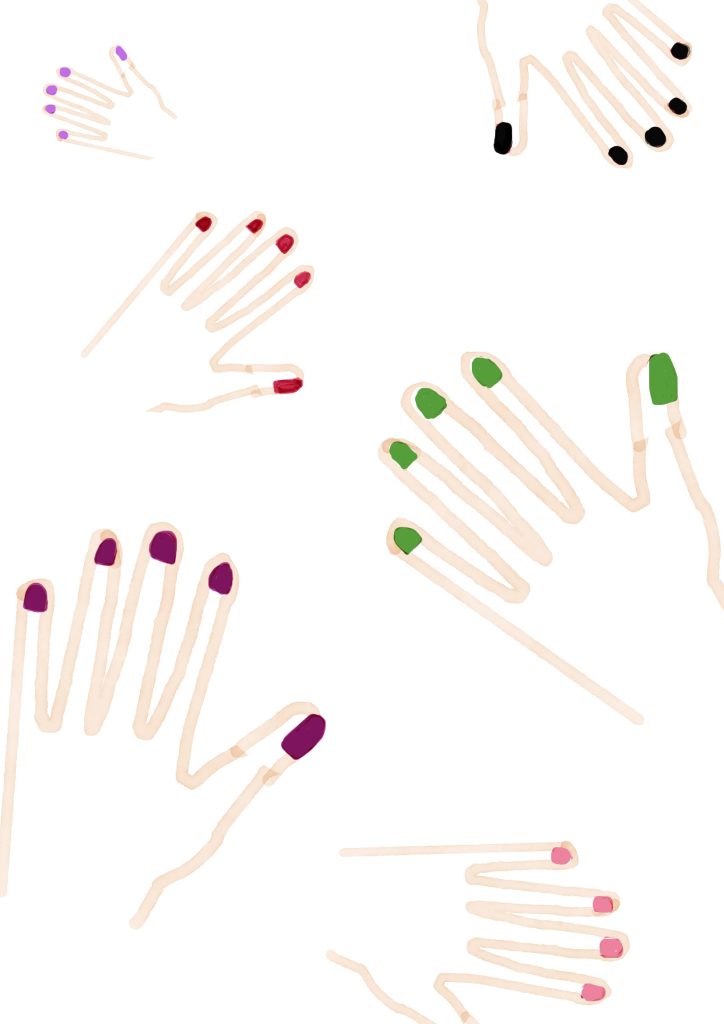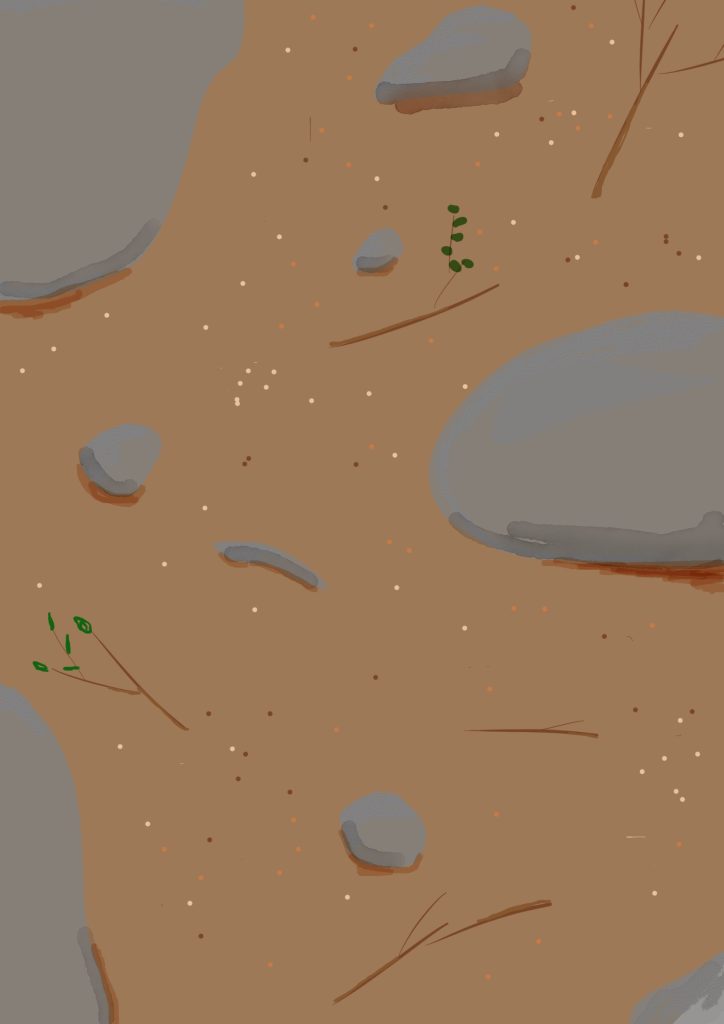Turning into Good

Recently I showed one of my first drafts to a colleague. Their comment was, “It’s not good, but it’ll turn into good.” Of course, the part of me that wanted it to be great from the start was disappointed, but the other part of me actually agreed and appreciated the wisdom of this statement.
I can’t count the number of times growing up that I avoided something because I was afraid I wouldn’t be good at it. When I think about it now, it seems so silly.
Recently, I decided to try a line dancing class. I was fortunate to have an excellent instructor. She went over the moves at the beginning of each song and then continued to cue the entire class. Despite that, I often found myself turning in the wrong direction or skipping a step. I considered it a huge win that I managed to avoid running into the dancers near me. However, as the moves repeated, I started to learn them. I got better.
Even people with natural talent often start off as less than stellar. Micheal Jordan famously didn’t make the cut when he tried out for varsity basketball his sophomore year in high school. Did he take that as a cue to give up? Thankfully not, because he is now widely regarded as the greatest basketball player of all time. Often, the only way to get good at it is to keep at it.
If you’ve been avoiding exercise because you think you aren’t good at it, I want to encourage you to reconsider. We must start somewhere. Sure, you may not be as good as you’d like to be now, but, with practice and a good coach, you can get better.
Thanks for reading. I hope you have a safe and healthy month!








